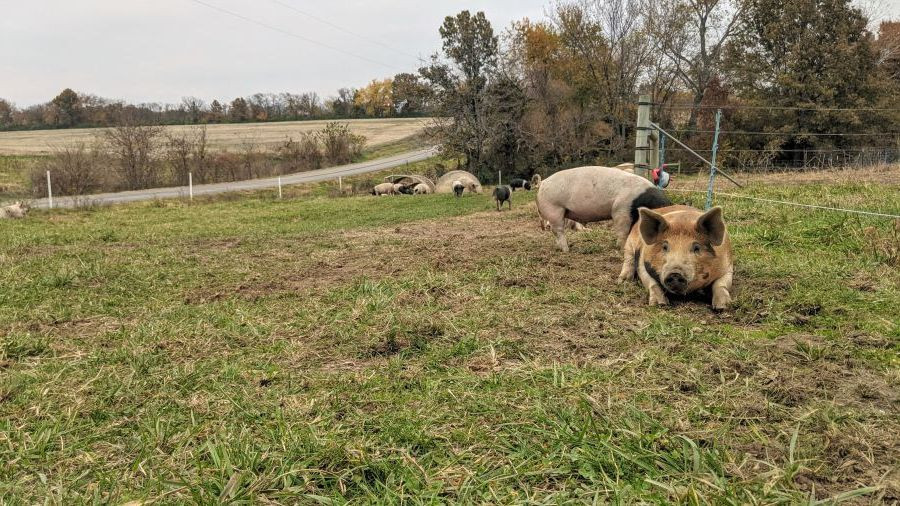Why We Don't Spray Our Thistles
posted on
June 15, 2023

Meet the Musk Thistle
Also known as a Nodding Thistle, this African native who has been wreaking havoc in the U.S.
This member of the sunflower family has a mean defense...they are covered in hurtful spines! This makes them inedible for most livestock and a (quite literal) pain in the butt for us.
Most farmers, gardeners, and homeowners spray them with chemicals such as Tordon, Vanquish, or 2,4-D.
But thistles thrive in poor soil and arrive to rejuvenate it. Their superpower is sending a thick tubular "taproot" far into even the most compacted ground to send oxygen down, bring minerals up, and stimulate microbial activity.
Now here's the root of the problem...(pun intended)
When people spray chemicals, they are not only killing the plant but everything it has worked towards. Now the soil is even worse off and requires the work of the taproot all the more!
We have them growing here in areas where we overgrazed with dairy cows years ago. At first, we saw thistles in a bad light.
But now, we are learning to appreciate their special role in restoring soil health and rising up to fix the balance we had broken. It's a humbling thing.
They are creation's healers, and as a bonus, a food source for bees, butterflies, and even deer!
Instead of spraying harmful chemicals in an effort to kill them, we are letting them complete their work and then grazing them down with sheep, who enjoy eating the spiny leaves believe it or not!
Now we ask ourselves, "What other AWESOME weeds do we have in our pasture?" so we can learn from our mistakes and work with them towards a restored future.
How's THAT for a picture of God's grace towards us?!



